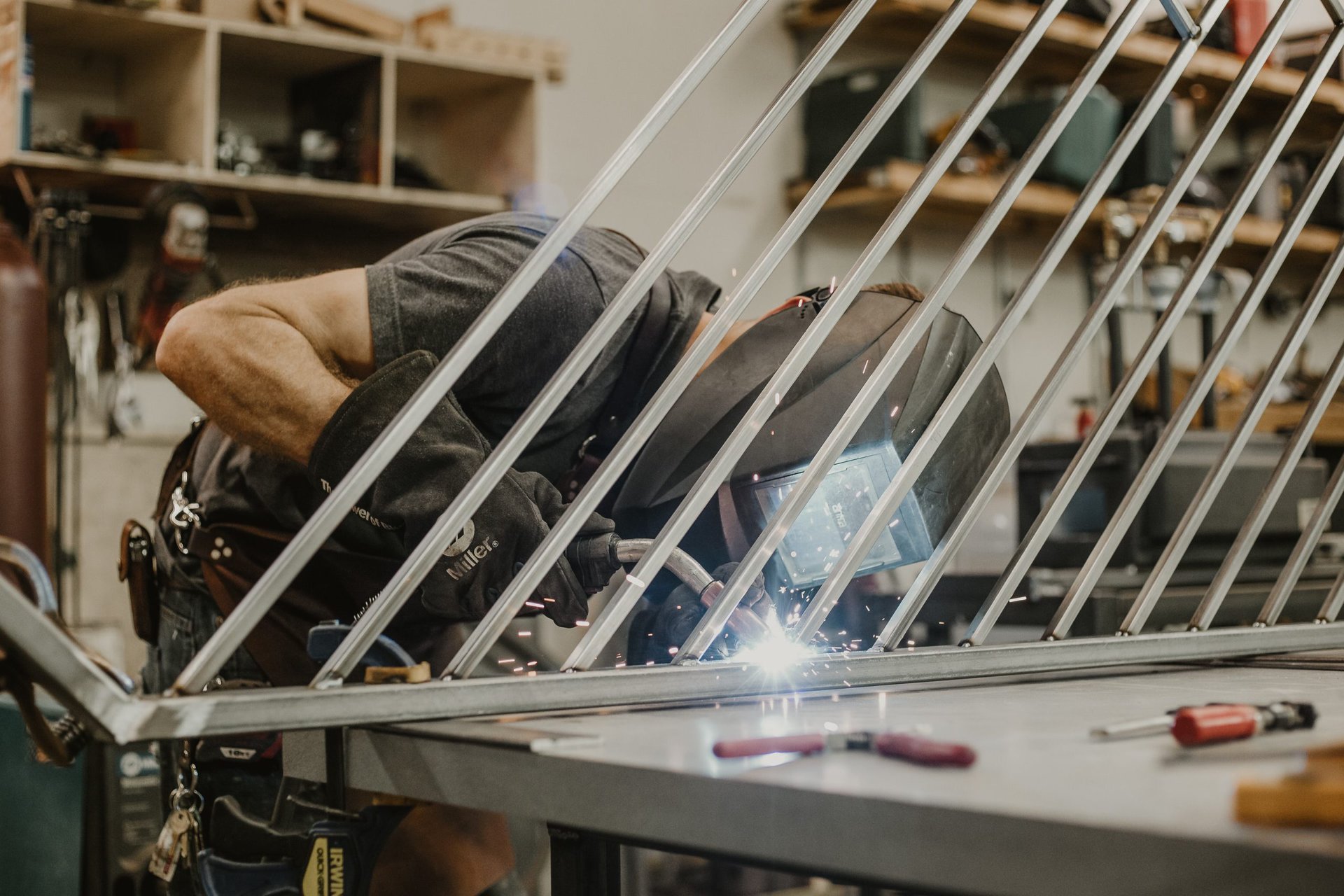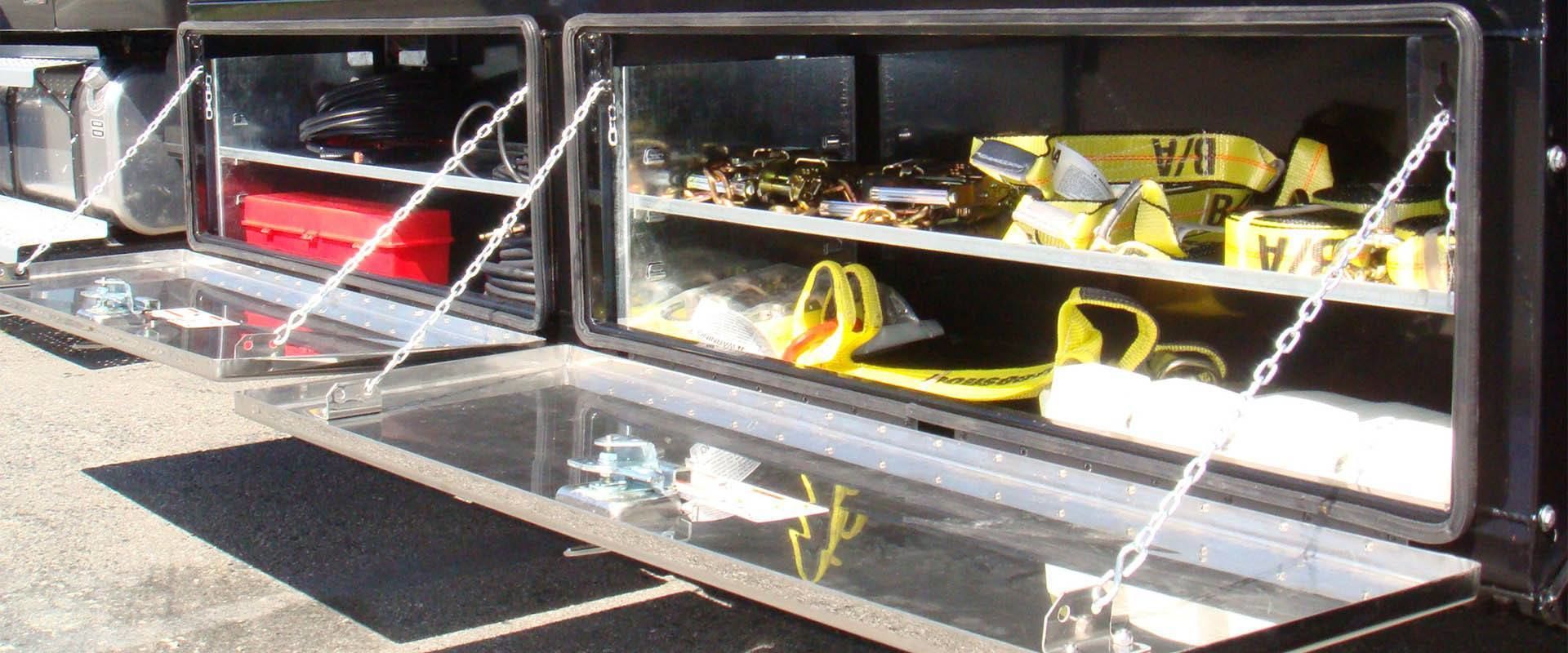
15 Oct Can You Fix a Bad Weld?
Welding is essential in metal fabrication, but even experts can encounter issues. This guide will help you identify a bad weld, assess its strength, and provide steps to fix it! So, can you fix a bad weld? Let’s find out!
How do you tell if a weld is bad?
Spotting a bad weld is crucial to ensuring the safety and durability of your metal structures. Begin with a careful visual check. Cracks are a clear sign of a compromised weld. Tiny holes or bubbles in the weld, known as porosity, indicate contamination. A good weld bead should be uniform; irregularities suggest issues. Undercutting creates a groove along the edges of the weld bead, and when weld metal flows over the base metal without proper fusion, it results in an overlap.
For a thorough assessment, non-destructive testing methods such as ultrasonic, radiographic, and magnetic particle inspection can detect internal flaws. These advanced techniques ensure that the integrity of the weld is uncompromised and essential for critical applications.
Is a bad weld still strong?
The strength of a bad weld depends on the nature and extent of the defect. Minor issues like small porosity or slight undercutting might not drastically reduce strength but should be addressed to prevent future problems. However, major defects such as cracks, extensive porosity, or lack of fusion significantly weaken the weld. These must be corrected to ensure the safety and longevity of the structure.
How to Remove a Bad Weld
Fixing a bad weld involves removing the defective material carefully and preparing the area for a new weld. Using a grinder to remove the bad weld material requires precision to avoid damaging the base metal. Always wear appropriate protective gear to ensure safety. For larger defects, cutting out the defective section using a cutting torch or saw might be necessary. This method ensures that all compromised material is removed.
After removing the bad weld, clean the area thoroughly to eliminate any contaminants. Prepare the base metal edges by beveling and smoothing them as needed. This preparation is crucial for achieving a strong, clean weld.
Why You Should Choose RC Industries
When it comes to welding, RC Industries stands out as a leader in custom metal fabrication. Specializing in high-quality toolboxes, bumpers, and custom metal projects, RC Industries ensures that every weld meets the highest standards of excellence. RC Industries excels in crafting durable, watertight toolboxes and durable metal bumpers. Whether you need a custom truck toolbox or a heavy-duty bumper for your vehicle, our products are designed to withstand the toughest conditions.
Our capabilities extend beyond toolboxes and bumpers. At RC Industries, we handle complex custom metal fabrication projects with precision. From advanced laser processing to precision forming and welding, we deliver superior quality products tailored to your specifications. We pride ourselves on using the best materials and state-of-the-art technology. Our commitment to quality ensures that every product we deliver meets your standards!
Need a custom metal fabricator?
Looking for professional help? Transform your operations with RC Industries’ durable, custom toolboxes and precision metal fabrication! Get started today at RC Industries and experience quality you can trust. Contact us now for your free quote!



